For RV enthusiasts, finding the perfect spot in the great outdoors can sometimes be a game of inches. But once you've landed on that idyllic campsite and your RV is parked, nothing is more important than stability. The comfort and even safety of your outdoor adventure hinges on the stability of your RV. This comprehensive exploration of trailer jacks and stabilizers will ensure that your mobile abode is as grounded as your appreciation for nature.
Understanding RV Trailer Jacks and Stabilizers
To grasp the significance of trailer jacks and stabilizers, we first need to understand their roles in the context of an RV.
The Role of RV Trailer Jacks
A trailer jack is a fundamental piece of equipment designed to lower and raise the tongue of your trailer for hitching and unhitching. Powered by hand cranks, electricity, or hydraulics, trailer jacks are essential for maneuvering your RV into just the right parking position. Not only do they assist in leveling your RV on uneven ground, but they also play a critical role in distributing the weight of your trailer for safe towing.
The Importance of Stabilizers
While trailer jacks serve primarily for mobility, stabilizers are the unsung heroes of campsite comfort. Once your RV is in position, stabilizers come into play to prevent rocking and swaying. By providing additional support to the undercarriage of your trailer, stabilizers minimize the effects of movement caused by internal activities, winds, and even the casual passerby.
The Science of Stabilization
Here, we'll venture into the mechanics and physics behind RV stabilization.
How Stabilizers Work
Stabilizers function by countering the natural tendency of any structure to move. Most RVs come equipped with stabilizers that are lowered from the corners of the vehicle to the ground. Once in position, these stabilizers transfer the force of interior movement downward, creating a balanced platform that minimizes swaying and shakes.
Types of Stabilizers
There are several types of stabilizing systems available, including:
- Manual Stabilizers: These typically involve stabilizer jacks positioned at the corners of the RV, which are lowered and then tightened into place by a hand crank.
- Electric Stabilizers: Controlled by an electric motor, these jacks offer the convenience of push-button operation.
- Hydraulic Stabilizers: Employing a hydraulic system, these jacks are often the choice for larger, heavier RVs due to their capacity to handle more weight.
Choosing the Right Equipment
Selecting the appropriate RV trailer jacks and stabilizers for your RV requires careful consideration of several factors.
Weight Capacity
The weight of your RV is the primary consideration when selecting stabilizers. Always ensure that the stabilizers you choose can support the maximum weight of your trailer.
Ease of Use
Consider the level of effort required to operate the equipment. For some RVers, the convenience of electric or hydraulic systems may be worth the additional cost.
Compatibility
Not all trailers can accommodate every type of stabilizer. Check the compatibility of the stabilizing system with your RV's design to ensure a proper fit.
Environmental Factors
Think about the types of terrain and weather you'll be encountering. Heavy-duty stabilizers may be necessary for rough terrain, while corrosion-resistant materials can be crucial for coastal or high humidity areas.
User Reviews and Recommendations
Before making a purchase, review user feedback and seek recommendations from the RV community to gain insights on performance and longevity.
Installing and Using Your Stabilizers
Installing stabilizers is a relatively straightforward process, but here are some important guidelines to follow:
- Always park on a firm, level surface before deploying stabilizers to avoid overextension and damage.
- Stabilizers should only be used once your RV is fully leveled with the help of wheel chocks. This prevents overloading and extends the life of your stabilizers.
- When retracting your stabilizers, do so in the reverse order of extension. This ensures that the support is removed as evenly as possible.
- Regular maintenance of your stabilizers, including lubrication and inspection for any signs of wear, is crucial for their optimal performance.
The Best Practices for Stabilization
Once your stabilizers are in place, there are certain best practices to follow to ensure a stable and comfortable campsite experience.
- Never rely solely on your stabilizers for leveling. Always use leveling blocks or wedges to achieve a level foundation before deploying stabilizers.
- Avoid over-tightening electric or hand-cranked stabilizers, as this can lead to damage.
- Practice good stabilization manners; keep activities that might cause significant movement to a minimum and warn fellow campers before making large adjustments to your RV.
- Consider cross-bracing for an extra level of support, particularly in windy or turbulent conditions.
Conclusion
The stability of your RV is not a feature that should be taken for granted. By understanding the roles RV trailer jacks and stabilizers play in your RV experience, and by selecting, installing, and using them with care, you can ensure that your home on the road is as comfortable and safe as possible. Make stabilization a priority, and you'll enjoy a more balanced and enjoyable camping trip.


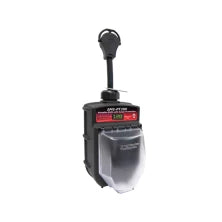
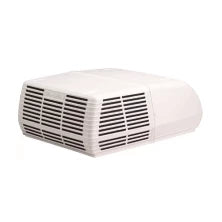
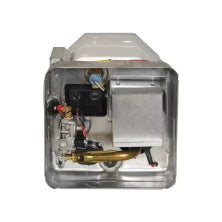
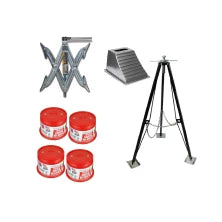
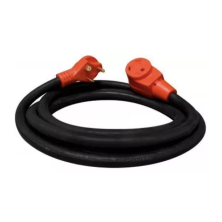
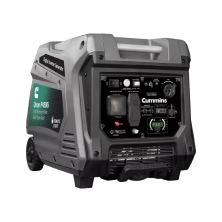
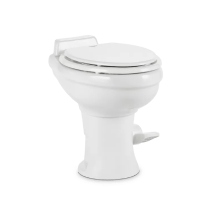
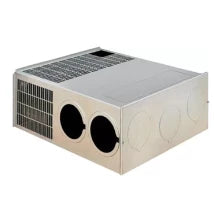
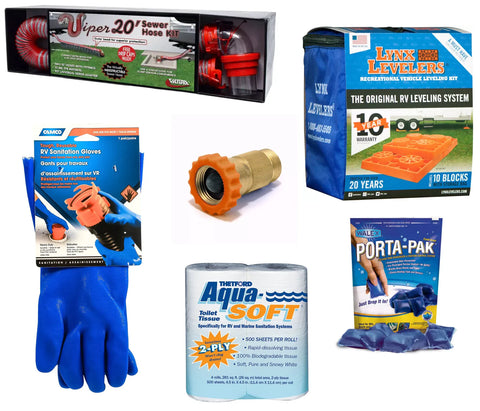
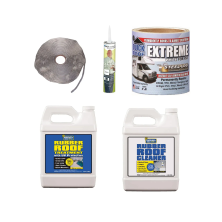
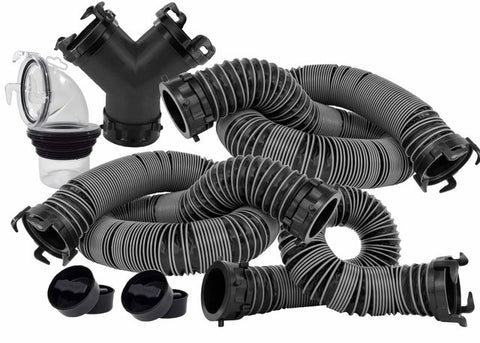
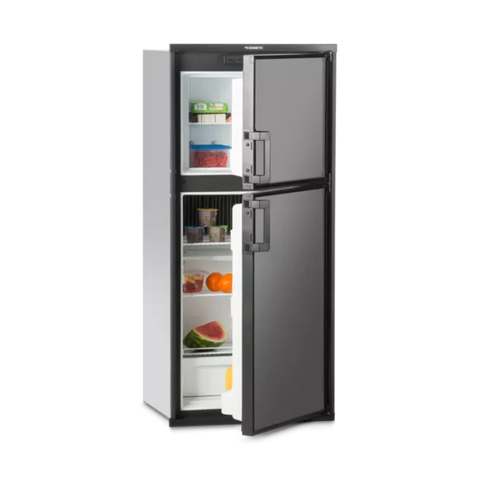
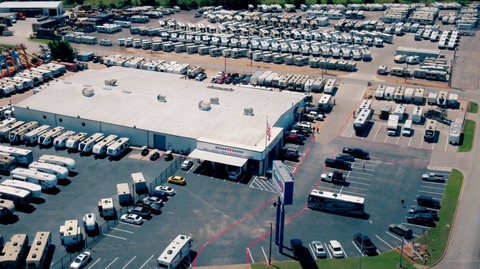
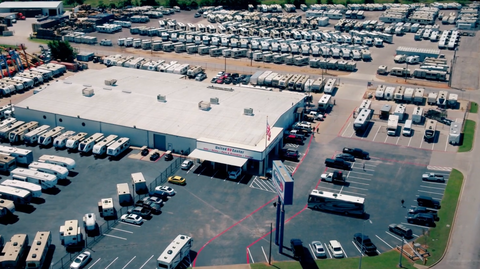
Comments (0)
There are no comments for this article. Be the first one to leave a message!